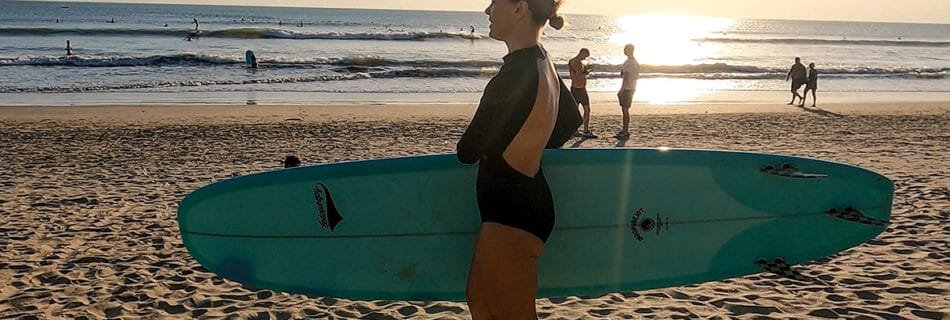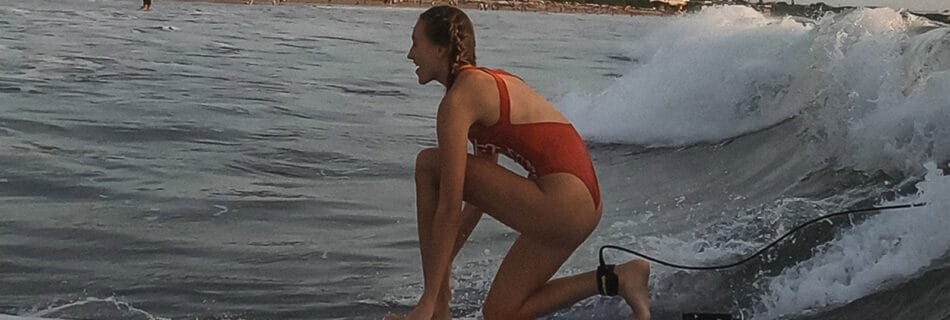Why it’s important to warm up before your lesson
As you’re already pumped to get started with your first (or maybe 10th surf lesson), you can easily forget to do some warm up exercises to ensure your body is primed and ready for the action to come. Warming up before you get on your surfboard is crucial for preventing your risk of injury, as well as improving your performance on your board. Importance and Benefits of Warming Up There are a few benefits of warming up before any type of physical activity, such as: Improved Performance During exercise, the blood flow to your muscles increases by 75%. This ensures the capillaries (or blood vessels) open up, allowing your muscles’ temperature top increase. As a result, more oxygen is released which will help you perform better on your board. Improved Oxygen When you are working out or taking part in any physically demanding activity, your muscles require oxygen. When you’re warming up, the oxygen is released more easily. Improved Blood Flow When you warm up for about ten minutes, your blood vessels open up, this will help put less stress on your heart. Increase Muscle Contraction During a warm up, your body’s temperature rises which helps improve nerve transmission and your muscle metabolism, which results in better performance. Preventing Injury Warm muscles contract and release better, reducing your risk of injury. Hormones During a warm up, your body produces more hormones, like cortisol, which helps regulate your body’s energy production. Focus Your Thoughts During the warm up, your mind will start to focus more on the activity at hand, thus ensuring you’re focused when you’re ready to start with your surf lesson. Dynamic Warm up Dynamic warm ups are a great way to effectively warm up your muscles and are usually better than static stretching. With dynamic stretching, you stretch through a range of motion. At Surf Bali, our surf instructors incorporate a few dynamic stretches in the warm up. To start, our learners will do a short jog to get their blood pumping. Then we’ll form a circle and do the following: Arm swingsLeg swingsAnkle rotationsArm stretchesJog in one placeUpper body rotationsBodyweight squatsNeck rolls/stretching We try to include various warm up exercises to ensure we warm up our bodies from our heads to our toes! In conclusion, ensuring you properly prepare your body for an intense exercise like surfing, you’ll decrease your chances of obtaining an injury, like pulling a muscle! Remember to cool down as well to allow your heart rate to get back to normal. Try walking at a slow pace on the beach or do some static stretches. Start SurfingWant to take your first surfing lesson? Our team at Indopurejoy Surf School of Surf will ensure you have an unforgettable surf experience! Get in touch to book your lessons.




